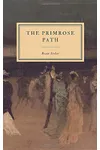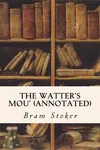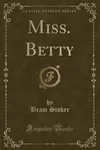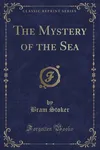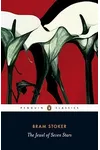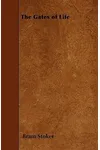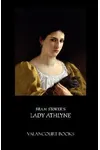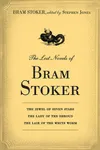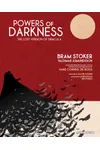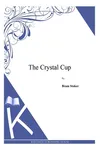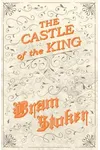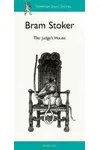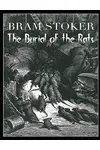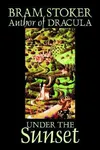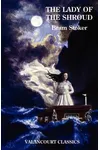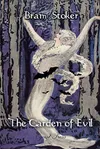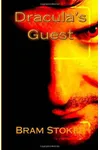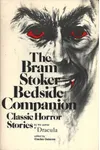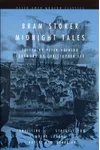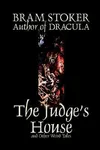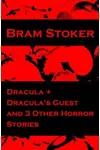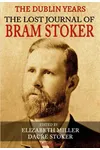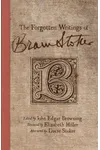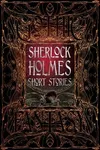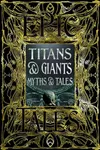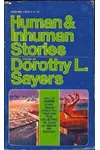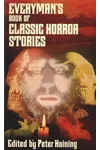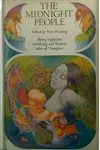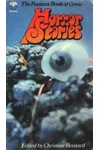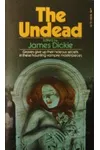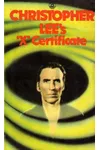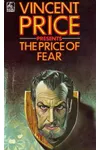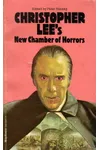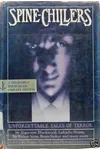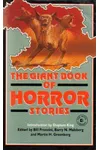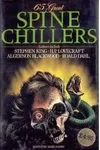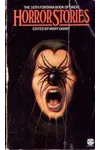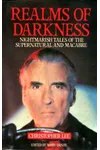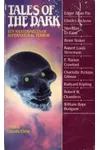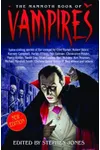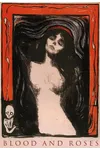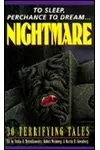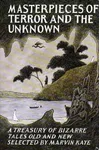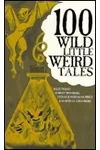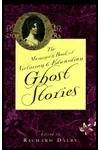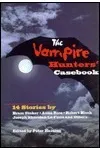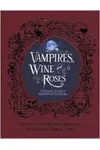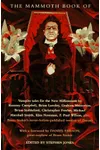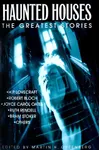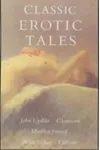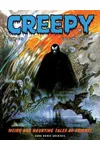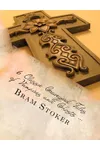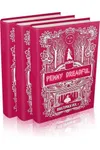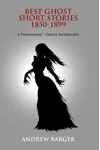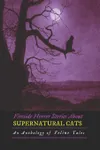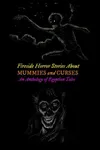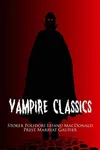Picture an Irish storyteller who conjured a bloodthirsty count that still haunts our dreams—meet Bram Stoker! Best known for his gothic masterpiece Dracula, Stoker blended folklore, Victorian anxieties, and a dash of eerie charm to redefine horror. His tales of the supernatural continue to captivate readers and inspire countless adaptations over a century later.
Born in Dublin, Stoker’s life was as fascinating as his stories. From a sickly childhood to a vibrant career that mingled literature and theater, his journey shaped a legacy that’s immortalized in the prestigious Bram Stoker Award. Let’s dive into the world of this horror icon!
The Making of Bram Stoker
Abraham 'Bram' Stoker was born on November 8, 1847, in Clontarf, Dublin. Bedridden for much of his early childhood due to illness, young Bram found solace in his mother’s chilling folktales, which sparked his love for storytelling. He later studied at Trinity College Dublin, excelling in mathematics and history. Stoker’s career began as a civil servant, but his passion for theater led him to become the personal assistant to actor Henry Irving and manager of London’s Lyceum Theatre. This vibrant world of performance influenced his dramatic, atmospheric writing style.
Bram Stoker’s Unforgettable Stories
Stoker’s literary career peaked with Dracula (1897), a novel that introduced the iconic vampire Count Dracula. Written as a series of letters and diary entries, it weaves themes of sexuality, fear of the unknown, and cultural invasion, capturing Victorian unease. The novel’s enduring appeal lies in its rich characters and chilling suspense, making it a cornerstone of gothic horror.
Beyond Dracula, Stoker penned other gripping works. The Jewel of Seven Stars (1903) explores Egyptian mythology and resurrection, blending horror with adventure. The Lair of the White Worm (1911), his final novel, delves into mythological terror with a monstrous serpent. His short story collection, Dracula’s Guest and Other Weird Stories (1914), published posthumously, showcases his knack for eerie tales. Stoker’s style—vivid, suspenseful, and steeped in folklore—set a blueprint for modern horror.
His research into Eastern European vampire myths and his theatrical flair gave his stories a unique intensity. While Dracula overshadows his other works, Stoker’s ability to evoke dread and fascination remains unmatched, influencing horror writers and filmmakers alike.
Why Bram Stoker Matters
Bram Stoker’s impact on horror is colossal. Dracula not only birthed an enduring cultural icon but also shaped the vampire genre, inspiring everything from Bela Lugosi’s 1931 film to modern TV series. His exploration of human fears—disease, desire, and the supernatural—resonates across generations. The Bram Stoker Award, established in 1987 by the Horror Writers Association, honors his legacy by recognizing excellence in horror writing.
Stoker’s work also reflects the anxieties of his time, offering a lens into Victorian society’s struggles with science, sexuality, and foreign influences. His stories remain timeless, inviting readers to confront the shadows within. Today, Stoker is celebrated as a pioneer who made horror both thrilling and profound.
About Bram Stoker
- Born: November 8, 1847, in Dublin, Ireland
- Died: April 20, 1912, in London, England
- Key Works: Dracula, The Jewel of Seven Stars, The Lair of the White Worm
- Legacy: Namesake of the Bram Stoker Award for horror writing
Ready to sink your teeth into a classic? Grab Dracula and lose yourself in Bram Stoker’s spine-chilling world of gothic horror!
